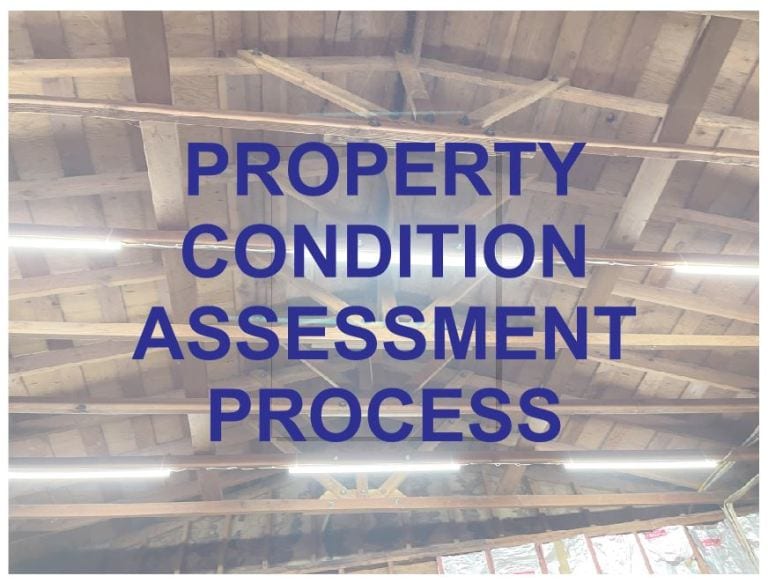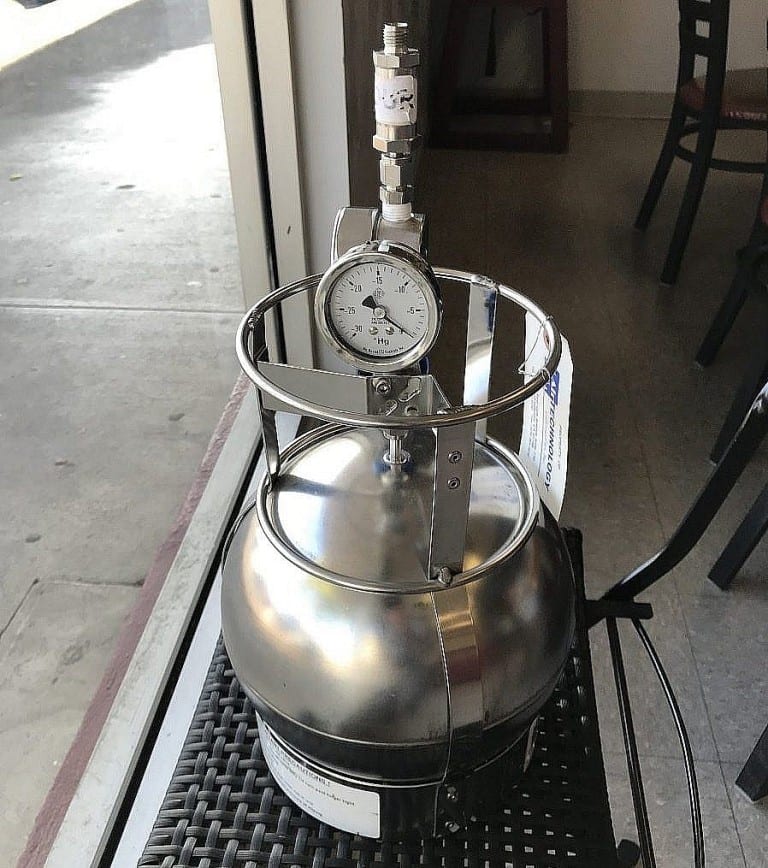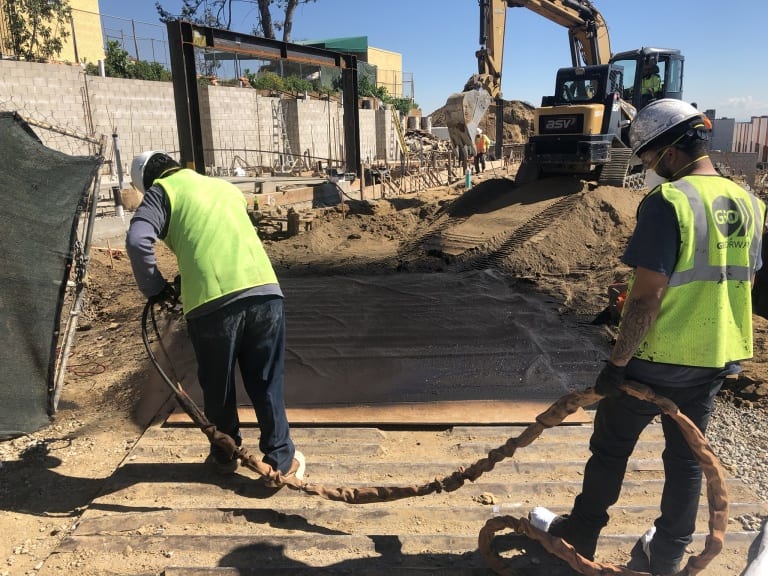Asbestos Containing Materials (ACM)
During a Phase 1 Environmental Site Assessment or Property Condition Assessment (PCA), buildings undergo visual evaluation for asbestos-containing materials (ACMs), and potential asbestos-containing materials (PACMs). Although it’s not a comprehensive asbestos survey report, the environmental professional can still inform users about the chances of any building materials containing asbestos.
Asbestos Materials
Asbestos is the name for various naturally occurring silicate minerals with fiber textures. Historically, these materials apply to many different types of building uses, such as heat insulation, roofing, and flooring. It also has a high strength when used for building materials. Most aged construction materials are reasonably presumed to already contain asbestos. Almost all building thermal system insulation, and most aged interior- and exterior surface material, are also presumed to contain asbestos.
Common Asbestos Containing Materials
- Drywall Stems
- Stucco
- Floor Tile Mastic
- Floor Tiles
- Roofing Materials
This is not a comprehensive asbestos survey. It is merely a limited evaluation that includes a purely visual observation of available building materials. Only the easily accessible and visible materials were observed. This Phase 1 ESA does NOT comprehend all sources of suspect ACMs or PACMs. The Client is advised to consult an asbestos inspection consultant for a proper comprehensive asbestos survey. A comprehensive asbestos survey is recommended prior to and demolition, construction, or remodeling at the Subject Property. ACMs and PACMS in good condition can remain onsite for future use, and be managed safely under the regulations of a site-specific Operations and Maintenance (O&M) plan.
Common Sources of Asbestos Containing Materials (ACM)
Areas that may be tested for asbestos include drywall stems, stucco, roofing materials, floor tiles and floor tile mastic. Common methods of asbestos analysis include polarized light microscopy (PLM) with dispersion staining. If the asbestos content is determined to be low (less than 1%), additional analysis can be applied using the PLM point counting method to determine what amount of low-level asbestos may be present.
Small pieces of any painted surfaces can be chipped away and collected for the lead testing. Common methods of lead analysis include EPA Method 3050B/7420. In general, lead-based paint will be found to contain concentrations of lead greater than 0.5% lead by weight.
If lead and asbestos are identified, the proper course of action must be followed to ensure the health and safety of workers and occupants, and to maintain regulatory compliance under the oversight of agencies such as the Environmental Protection Agency (EPA) and Occupational Safety and Health Administration (OSHA). This includes following procedures during the construction activities, and also proper disposal of lead- and asbestos-containing waste. A lead and asbestos test must be performed by a state-certified consultant. A lead and asbestos professional can help a project to stay on schedule and in budget with an efficient lead and asbestos test.






